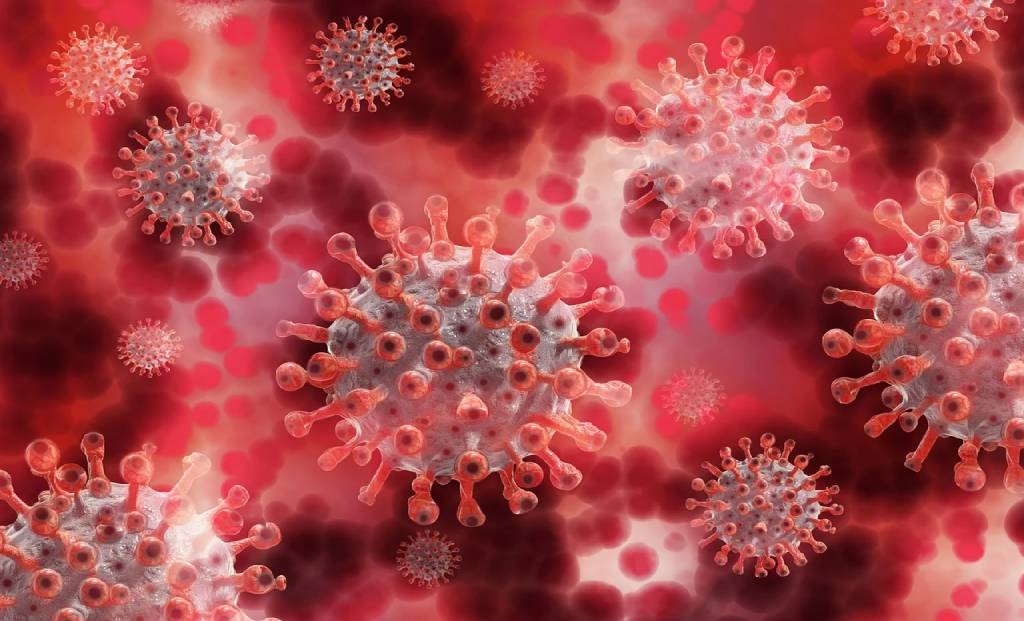Dr Angeli Misra, Director Lifeline laboratory
Diagnostics are the mainstay of the detection, diagnosis and assessment of any disease. Over 70% of the medical decisions regarding disease treatment, management and prevention are based on diagnostics. They are a crucial tool in preventive healthcare as well.
Diagnostic services are broadly categorized into pathology testing (in vitro diagnostic services) and imaging diagnostics, of which pathology labs rule over 58% of the market, while imaging services constitute the remaining 42%. About 55% of the business is provided by doctors’ referrals, 35% by walk-ins and 10% from corporate houses. About 65% of the business is generated from and conducted in urban areas, while 35% of the business is generated and conducted in rural areas.
Pathology tests are further broadly categorized into 3 types: routine tests (blood- complete blood count (CBC), hemoglobin (Hb), lipid profile, fasting, post-prandial and random blood sugar test, pregnancy test, HIV/HPV, PAP smear, urine and stool, etc.); clinical tests (to diagnose and monitor various diseases and their treatments); and specialty tests (involving genetic testing, oncology tests, endocrinology tests, and immunology tests, etc.). Imaging diagnostics involve tests which are complicated and super-specialized, like computed tomography (CT) scans, magnetic resonance imaging (MRI) and positron imagery tomography scan (PET), etc.
The Covid-19 pandemic ushered in an entire paradigm shift in the field of diagnostics, with regard to its scope and capacity. While the diagnostics industry has been rapidly trying to keep pace with the Sars-Cov-2 virus and its emerging new mutants in a veritable combat mode to meet the huge challenge in catering to the deluge of urgent doorstep sample collection, quick turnaround time and speedy delivery of reports, it has been pushed into devising innovative techniques and newer tests to deal with the same with upgraded equipment, implement the latest software applications to scale-up to the demand of the burgeoning volume of tests required to be conducted, while keeping a sharp eye on quality control and accuracy and affordability. A case in point is the introduction of the rapid antigen detection test in addition to the molecular tests to detect the presence of the Sars-CoV-2 virus, while bearing in mind the limitations of social distancing in the lockdown scenario, bridging the gap in the demand-supply chain, lack of skilled technicians, and managing and collating a humungous volume of data, while keeping up with the extensively spruced-up research and development in the field.
Healthcare has become one of India’s largest sectors both in terms of revenue and employment. The Covid-19 pandemic has impacted the level of health awareness, and the need for quality preventive healthcare and health insurance in the most positive manner. The pandemic scenario has heralded an era of phenomenal revolution in the diagnostics arena, auguring glad tidings for enormous economic growth. The way forward for diagnostics is point-of-care testing, self-testing kits, genome testing and the implementation of artificial intelligence (AI)-based analytic solutions to cope with the anticipated increase in the total volume of tests in the near future in the wake of a possible third wave and its aftermath.
The industry has witnessed a consistent phenomenal growth in the last 20 years, and 2020-21 has been primarily driven by the demands of the pandemic. Currently, it stands at a whopping INR 675 billion and estimated to grow at a rapid annual rate of <10% over the next 5 years, egged on by increasing wellness and healthcare awareness (due to which home testing has come into being in a much bigger way), rapid rise in lifestyle diseases like diabetes and cardiovascular diseases due to sedentary lifestyle, preventive healthcare testing, insurance services, and overall rise in the spending power of people among all strata of society. Of this INR 675 billion market, stand alone centers constitute 47% of the market, hospital labs constitute 37% and diagnostic chains constitute 16% of the market share, respectively. From a $9 billion market in 2018, it jumped from a 6% growth overall to 20-25%. Digital and technological innovations are now integral to this industry, supported by its national health policies and programs which aim to make affordable healthcare accessible for all sections of society, including the rural population. Free Diagnostic Service Initiative (FDI) launched in 2015 under the aegis of the National Health Mission (NHM) government of India to provide accessible and essential quality diagnostics in lab pathology and radiology fields at all public health centres, led to the compilation of a National Essential Diagnostics List (NEDL) in 2019 – a bouquet of the required basic and essential diagnostic tests drawn up bearing in mind the region-wise healthcare priorities. India became the first-ever country to implement this initiative. This resulted in a proper assessment of the country’s disease burden, disease trends and effective collation of data, and extensive emphasis on research.
The government spruced up its efforts to provide incentives for growth in the domestic medical devices industry and encouraged FDI (Foreign Direct Investment), in order to achieve a leading rank in the medical devices manufacturing industry. Furthermore, marketing communication techniques showed a huge improvement as well – e.g. health tracking applications, online consultation, highly sophisticated data collation software applications, increased awareness of diagnostic tests and health insurance services – thus boosting the demand for preventive and curative healthcare. Innovative technology like robotic process automation has emerged as a logical solution at high-end diagnostic centers, along with digitization to cover the lacunae in the area of skilled lab technicians and personnel, as well as improved precision and quicker results. To support these innovations, advanced equipment and machinery have further exhibited a hugely positive impact on the diagnostic services market. Online marketing, telemedicine, and employing social media as a tool for building brand awareness has also caught on in a big way. The easy availability of doorstep collection, walk-in services and quick results is a huge boost for the diagnostics industry.











